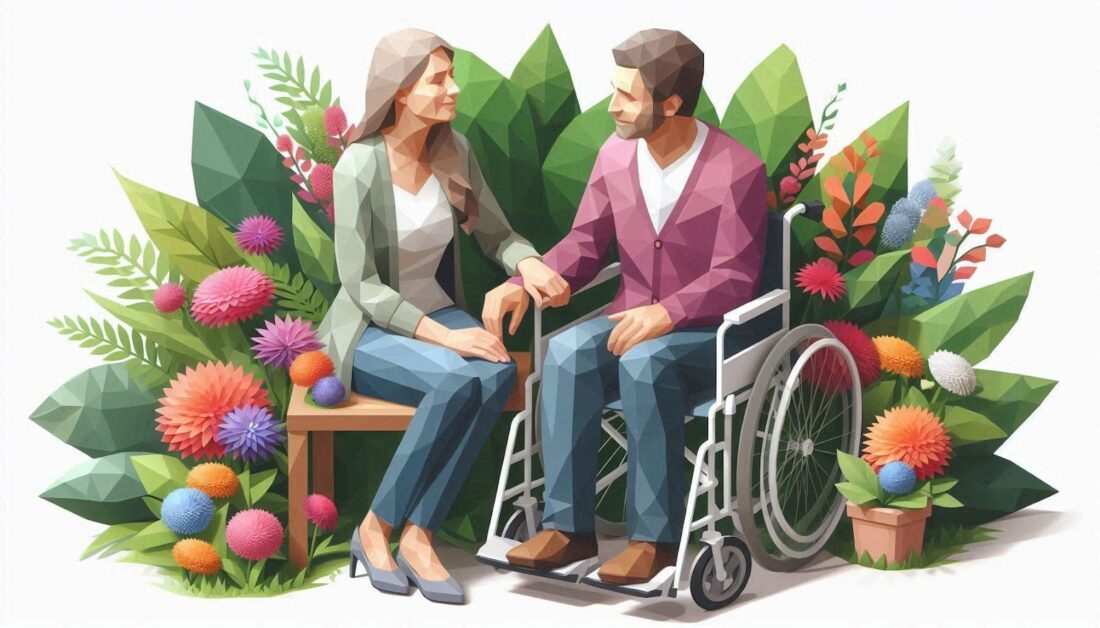
Image Source: Microsoft Copilot
Each year more than 24 million people need to see a doctor after accidental injuries, and over 227,000 people perish as a result of mishaps, according to CDC data.
It’s easy to feel detached from such statistics when they’re viewed in a vacuum, so let’s get serious about the pain and suffering that can come in the wake of an accident so you can better understand what’s at stake, and how to cope.
Psychological Trauma
When we think about accidents, physical pain and the financial fallout often take the spotlight. But psychological trauma is one of the non-economic damages of a personal injury, and can linger long after cuts and bruises heal. So, how can you recognize and address this hidden pain?
Psychological trauma manifests in several ways:
- Anxiety: Victims may experience constant worry or fear of re-experiencing the accident.
- Depression: Feelings of hopelessness or prolonged sadness might surface.
- PTSD (Post-Traumatic Stress Disorder): Flashbacks, nightmares, and severe anxiety are common symptoms. In fact, 5% of people have PTSD, and accident-related triggers for this are more common among men than women.
Understanding that such emotional responses are normal can help alleviate the self-blame and guilt often associated with these feelings.
For families dealing with the mental health repercussions of accidents it’s important to:
- Communicate Openly: Encourage open discussions about emotions without judgment. Make sure this is balanced against the need to respect the privacy of other family members.
- Seek Professional Help: Therapists specializing in trauma can offer coping strategies tailored to individual needs.
- Implement Relaxation Techniques: Activities like meditation and deep-breathing exercises can mitigate anxiety.
Moreover, early intervention is key to preventing long-term psychological damage, so be sure to:
- Address symptoms promptly rather than waiting for them to resolve on their own.
- Utilize resources like support groups for shared experiences and healing insights.
Long-Term Effects of Accident-Related Injuries
Accidents leave their mark, often well beyond the initial shock and pain. How do these injuries influence life months or even years down the line?
Considerations in this context include:
- Chronic Pain: One of the most common lingering issues is chronic pain. Even after healing, scar tissue or nerve damage can lead to persistent discomfort. 51 million people put up with this type of condition, and it’s not only a problem for relationships, but also productivity and employability.
- Mobility Issues: Reduced mobility may follow severe fractures or ligament tears. This not only affects physical health but also impacts social activities and job performance. Just over 10% of adults contend with this daily, and it’s proof that aging isn’t the only thing that can compromise our mobility.
To paint a clearer picture of what can happen, here are a few more long-term knock-on effects:
- Persistent Inflammation: Areas injured might suffer ongoing inflammation, causing continuous swelling and soreness.
- Compensatory Injuries: Overcompensation for an injured limb can lead to secondary problems in other parts of the body.
- Mental Health Struggles: Chronic conditions frequently tie into psychological distress – think about frustration from limited mobility turning into depression or anxiety. This can exacerbate the issues we mentioned earlier.
Families need strategies to manage these long-lasting effects effectively:
- Rehabilitation Programs: Consistent physiotherapy aids in regaining strength and flexibility over time. There are also therapeutic activities which can boost your ability to heal successfully.
- Lifestyle Adjustments: Simple modifications at home (like installing grab bars) make daily tasks easier for those with limited movement.
- Regular Check-ups: Ongoing medical assessments ensure that new complications are identified and treated early on.
The ripple effect extends further when considering financial implications too:
- Medical bills accumulate quickly with recurring doctor visits, therapies, and medications.
- Potential loss of income due to reduced working capacity adds another layer of stress for families involved.
Wrapping Up
In short, it’s better to face up to the realities of life post-accident when you’ve got the strength to put plans in place, rather than dealing with them when you are at a low ebb.
So as well as seeking support if you find yourself in this situation, you need to take pre-emptive steps, such as getting suitable health insurance and life insurance, so you and your family are in the strongest possible position, whatever happens.



